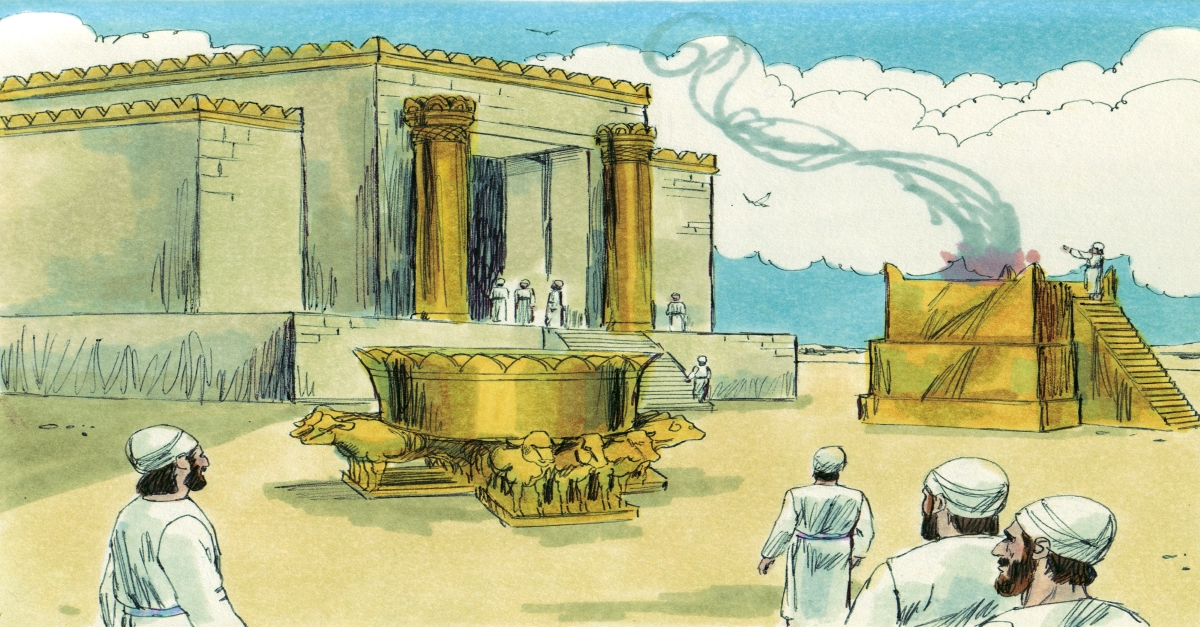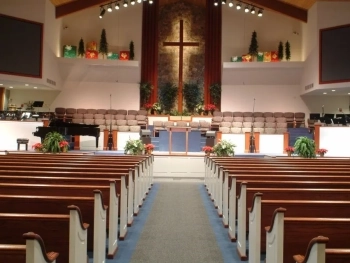Solomon's Temple, a magnificent structure nestled in the heart of ancient Jerusalem, transcends mere architectural grandeur. Beyond its physical splendor, the temple holds profound spiritual significance for the people of Israel. In this exploration, we delve into the layers of symbolism and spiritual meaning that make Solomon's Temple a sacred and revered edifice in the annals of biblical history.
I. The Dwelling Place of God: Holy of Holies
Central to the spiritual significance of Solomon's Temple is the Holy of Holies, the innermost chamber that housed the Ark of the Covenant. Here, the presence of God was believed to dwell between the cherubim. The temple, therefore, served as a tangible manifestation of the divine dwelling among His people.
II. Symbolism in Architecture: Reflecting Divine Order
The meticulous design and construction of Solomon's Temple carried symbolic weight. The temple's layout mirrored cosmic order, reflecting the divine design of the universe. The intricate details, from the placement of furniture to the dimensions of the structure, conveyed a deeper spiritual truth about the harmonious order ordained by God.
III. Rituals and Sacrifices: A Bridge to the Divine
The temple was the focal point for sacred rituals and sacrificial offerings, symbolizing the intricate relationship between God and His people. The act of sacrifice served as a means of atonement, a ritual bridge that sought to restore the spiritual connection between humanity and the divine.
IV. The Shekinah Glory: Divine Manifestation
The dedication of Solomon's Temple was marked by a profound moment—the descent of the Shekinah Glory. This divine radiance filled the temple, signifying God's approval and presence. The Shekinah Glory became a tangible representation of the divine manifesting in the earthly realm.
V. A Symbol of Unity: The House of Israel
Solomon's Temple was not merely a place of individual worship but a symbol of the unity of the House of Israel. It served as a central sanctuary where all twelve tribes could come together in collective devotion, fostering a sense of communal identity and spiritual solidarity.
VI. The Ark of the Covenant: God's Covenant with His People
The Ark of the Covenant, housed within the Holy of Holies, symbolized the covenant between God and the Israelites. It carried the tablets of the Ten Commandments, Aaron's rod, and a jar of manna—physical reminders of God's guidance, authority, and provision throughout their journey.
VII. Destruction and Spiritual Reflection: Lessons Learned
The eventual destruction of Solomon's Temple by the Babylonians in 586 BCE marked a significant chapter in Israel's history. It led to a period of spiritual reflection, prompting the people to ponder the reasons behind the temple's demise and seek a renewed relationship with God.
VIII. Messianic Hope: A Foreshadowing of Christ
For Christians, Solomon's Temple holds additional layers of spiritual significance as a foreshadowing of Christ. The New Testament draws parallels between the temple and the person of Jesus, who referred to Himself as the true temple. The temple's sacrificial system finds fulfillment in the atoning sacrifice of Christ on the cross.
IX. Solomon's Temple as a Spiritual Beacon
In conclusion, Solomon's Temple stands as more than a historical artifact; it is a spiritual beacon that has illuminated the faith of generations. Its symbolism, rituals, and eventual fate echo through the corridors of religious thought, reminding us of the intricate relationship between the earthly and the divine. Solomon's Temple remains a testament to the enduring quest for spiritual connection and the profound mysteries embedded in sacred structures that seek to bridge the gap between humanity and the divine.




